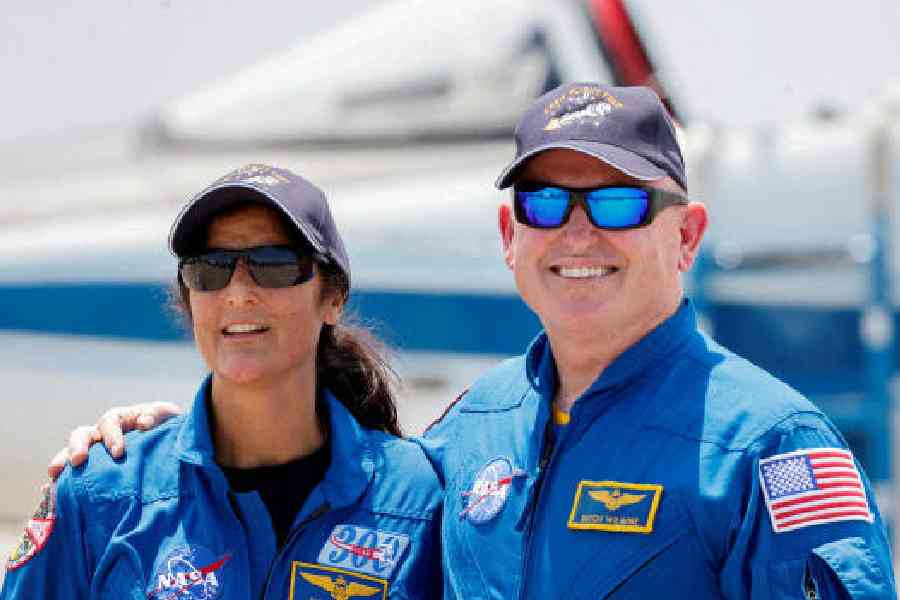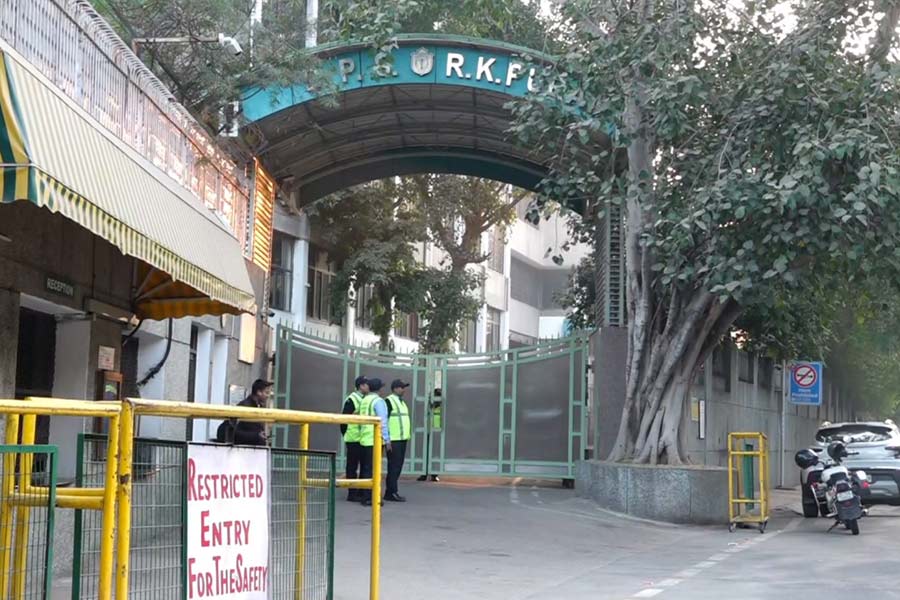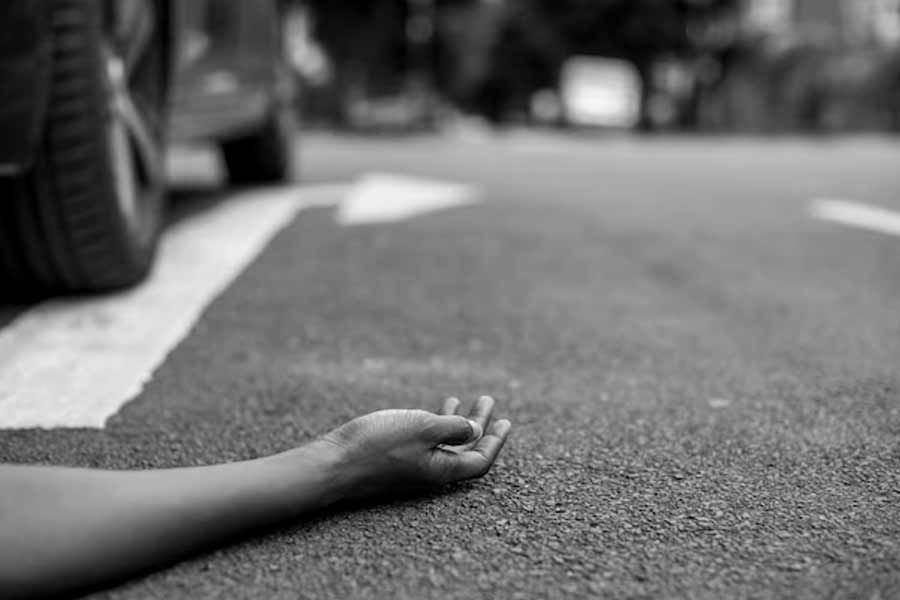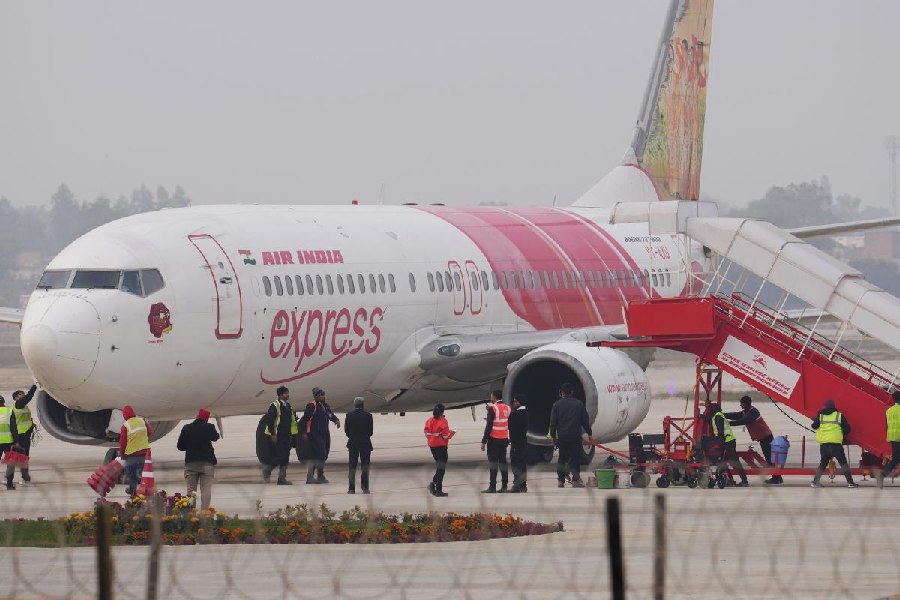Leaving behind the two Nasa astronauts it took to the International Space Station three months ago, Boeing’s troubled Starliner spacecraft is set to begin its return to Earth on Friday evening.
Six hours after it undocks from the station, it is to parachute to a landing at the White Sands Space Harbor in New Mexico. If bad weather or technical issues cause a delay, Starliner’s return could happen on September 10, September 14 or September 18.
After lengthy analysis and ground tests, Nasa officials said they still did not fully understand the cause of the propulsion system problems that arose as Starliner approached the space station in June.
Both Boeing and Nasa officials said that they expect that the trip back will be uneventful for the empty Starliner. And they maintain that the spacecraft could have probably still brought back safely the two Nasa astronauts, Sunita Williams and Butch Wilmore, whose stays on the space station have been extended.
“We have confidence in the vehicle,” Steve Stich, the manager of the commercial crew program at Nasa, said during a news conference on Wednesday. He noted that Starliner had successfully landed during earlier test flights with no crew. “We’ve had two good landings with Starliner so far, and we’re expecting another one Friday,” Stich said.
Even so, lingering unease led officials to choose what they considered to be the safer option: to keep Williams and Wilmore on the space station for another five months and have them return in February on the Crew Dragon, a spacecraft built by SpaceX.
Dana Weigel, the programme manager for the space station at Nasa, said Williams and Wilmore had undergone training for a longer mission. “We had them well prepared to move into this role,” Weigel said.
After Starliner undocks, it will fire its thrusters to back away and then move above the space station. The manoeuvre was changed from what would have been used had the astronauts been aboard. “It’s a quicker way away from station, way less stress on the thrusters,” Stich said.
The departure uses short thruster pulses, which are less likely to cause the heating that is believed to have reduced the performance of some of 28 small thrusters in June. The spacecraft also experienced leaks of helium, an inert gas used to push propellant. But it still has much more helium than is needed for the trip.
The key manoeuvre is a firing by larger thrusters that causes the spacecraft to drop out of orbit. The smaller thrusters, including the ones that malfunctioned, are used to keep the spacecraft pointed in the correct direction.
New York Times News Service











